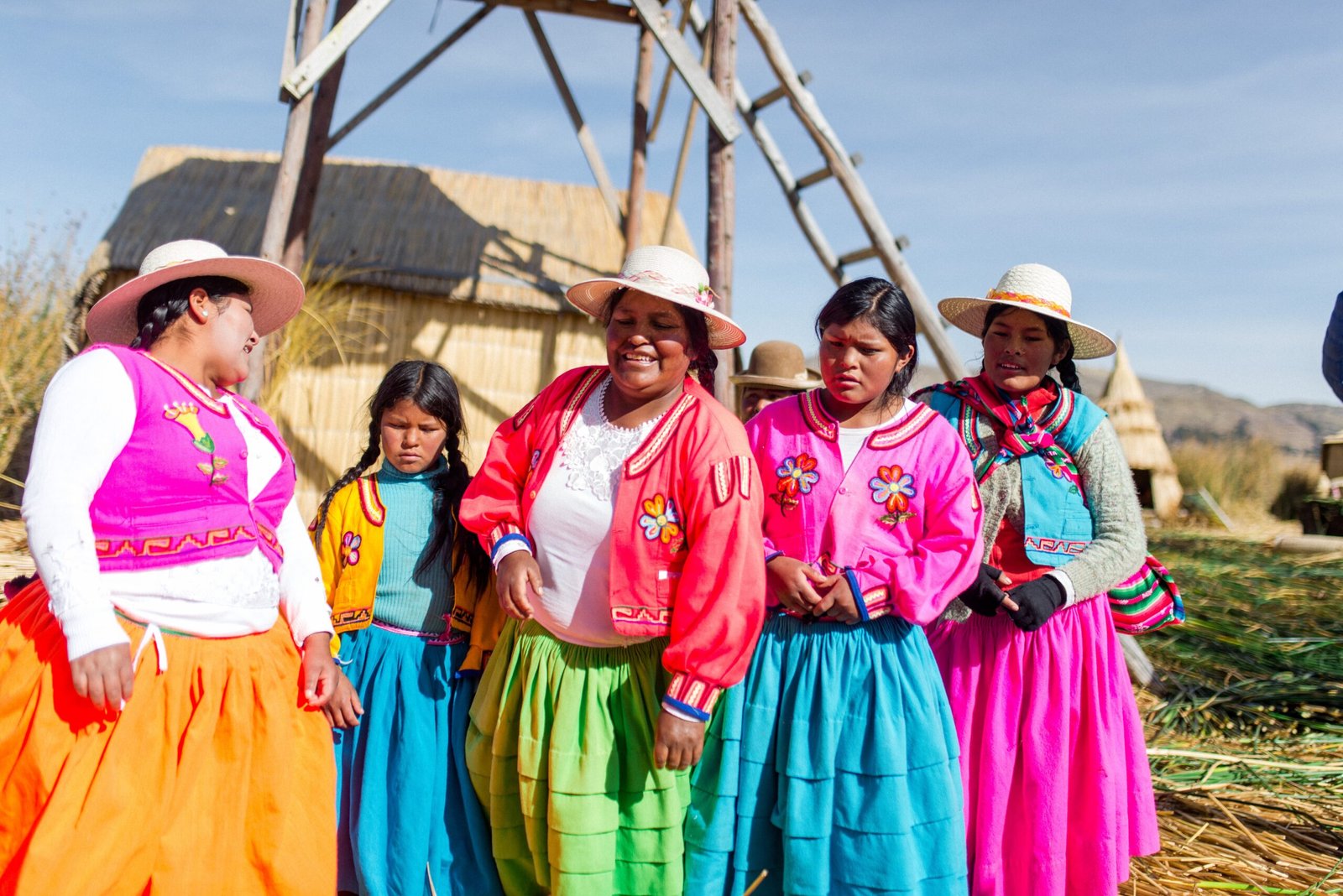Located high in the Andes Mountains between Peru and Bolivia, Lake Titicaca is a breathtaking natural wonder that captivates visitors with its beauty, mystery, and intriguing history. As the largest lake in South America and the highest navigable body of water in the world, Lake Titicaca offers a unique and unforgettable experience for those who venture to its shores.
The Beauty of Lake Titicaca
Surrounded by snow-capped mountains and dotted with picturesque islands, Lake Titicaca is a sight to behold. Its crystal-clear waters shimmer under the bright Andean sun, reflecting the stunning landscapes that surround it. The lake’s serene beauty creates a sense of tranquility and awe in all who visit.
One of the most enchanting aspects of Lake Titicaca is its vibrant blue color. The lake’s deep sapphire hue is a result of its high altitude and the presence of suspended mineral particles in the water. This unique combination creates a mesmerizing shade of blue that is truly captivating.
Another remarkable feature of Lake Titicaca is its floating islands. These man-made islands are constructed entirely out of totora reeds, which grow abundantly in the lake. The Uros people, who have inhabited the lake for centuries, use these reeds to build their homes, boats, and even the islands themselves. Walking on these floating islands feels like stepping on a soft, spongy surface, adding to the allure of Lake Titicaca.
The Mystery of Lake Titicaca
Lake Titicaca is steeped in mystery and ancient legends. According to Inca mythology, the lake is the birthplace of the sun and the moon. It is believed that the first Inca king, Manco Capac, emerged from the depths of the lake along with his sister and wife, Mama Ocllo, to found the Inca Empire.
The lake is also associated with the legendary lost city of Atlantis. Some theorists believe that the ruins of this ancient civilization lie hidden beneath the waters of Lake Titicaca. While no concrete evidence has been found to support this claim, the possibility of uncovering a lost city adds an air of intrigue to the already enigmatic lake.
Furthermore, Lake Titicaca is home to a unique species of aquatic life known as the Titicaca water frog. This endangered species is the largest fully aquatic frog in the world and has a distinctive appearance with folds of skin that give it a wrinkled appearance. The presence of these fascinating creatures adds to the mystique and allure of Lake Titicaca.
Interesting Things about Lake Titicaca
Aside from its natural beauty and mysterious legends, Lake Titicaca offers a wealth of interesting facts and cultural significance. Here are a few noteworthy things about this remarkable lake:
- Lake Titicaca is situated at an altitude of over 3,800 meters (12,500 feet) above sea level, making it one of the highest lakes in the world.
- The lake is shared by Peru and Bolivia, with each country claiming a portion of its waters.
- Titicaca is derived from the Quechua words “titi” meaning puma and “caca” meaning rock, translating to “Rock of the Puma” in English.
- The lake is home to numerous indigenous communities, including the Uros, Taquile, and Amantani people, who have preserved their traditional way of life for centuries.
- Visitors can explore the islands of Lake Titicaca and immerse themselves in the rich cultural heritage of the local communities.
Whether you are drawn to its natural beauty, intrigued by its mysteries, or fascinated by its cultural significance, Lake Titicaca is a destination that promises to leave a lasting impression. Its enchanting landscapes, intriguing legends, and vibrant culture make it a must-visit for any traveler seeking a truly unique experience.
